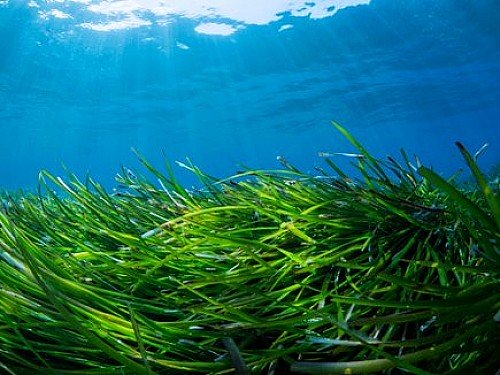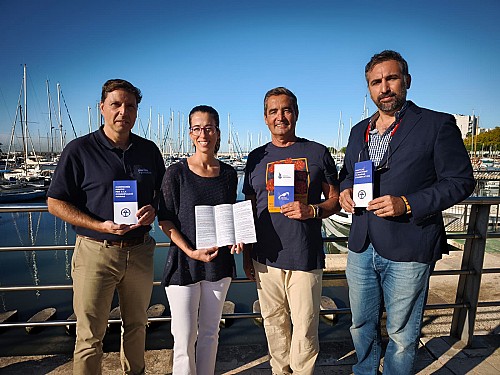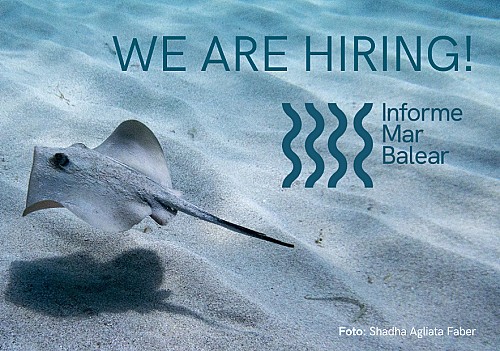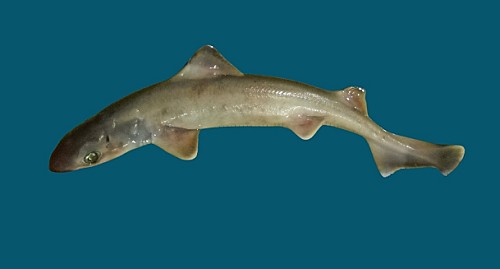In 2022 (from May until December), there were five marine heat waves in the Balearic Islands and they may cause mass mortality events.
The 2022 Balearic Sea Report (IMB) has compiled updated information on different indicators of global change such as sea level; water temperature or air temperature over the sea; nautical, human, and tourism pressures; and how we respond as a society to these pressures. These are some examples of the results shown in three new chapters published: GLOBAL CHANGE, PRESSURES (nautical, human, and tourism), and RESPONSE.
In summer 2022, the waters of Sa Dragonera reached 33.3 °C, the highest temperature ever recorded at this location. The highest average surface temperature of the Balearic Sea was also measured: 29.2 °C. The air temperature over land has increased by 0.25 °C per decade between 1979 and 2021, almost 40% higher than the global average. Water surface temperature has increased at an even faster rate of 0.36 °C per decade in 40 years. With regard to air temperature and its relationship with sea temperature, the IMB uses data up to August 2022 and highlights the unique behaviour of summer temperatures. This singularity then continued until the end of 2022. In 2022, five marine heat waves were detected between May and December.
This increase in temperature has serious consequences for marine ecosystems and their functioning and may affect the economy and human living conditions. It also has effects on other processes and is one of the causes of rising sea levels, which are expected to rise by 55–77 cm by the end of the century and by 87–129 cm by 2150, which would mean a retreat of the Balearic beaches of between 7 and 50 metres. Sea level rise in the western Mediterranean has accelerated in recent decades. It has increased by 1.32 mm/year over the last 136 years (with a cumulative increase of 17.9 cm over this period); while over the last 41 years, the increase has been 2.91 mm/year; and over the last 28 years it has been 3.08 mm/year.
While the sea and air are warming, tourism pressure continues to increase. In 2022, the Human Pressure Indicator (HPI) set records on the islands of Mallorca and Menorca. Although the figures are not yet available, everything points to 2022 being the year with the highest number of visitors on record. In September 2022, the number of tourists had already exceeded 14.3 million.
Nautical pressure has also continued to increase over the last few decades: 30 years of data on ship calls in the 5 main ports of the Balearic Islands show an increase of 56% between 1992 and 2019, a decrease of 42% between 2019 and 2020 due to the Covid pandemic, and a recovery of 30% in 2021 (achieving values similar to those of 2017). The Pitiusas Islands have a navigation volume 10 times higher than the rest of the Islands due to the large number of ferries and horizontal cargo transport that connect Ibiza and Formentera. Underwater noise has also been measured around these islands, which triples during the summer, mainly attributed to recreational fleet movements and a higher number of ferries connecting the two islands.
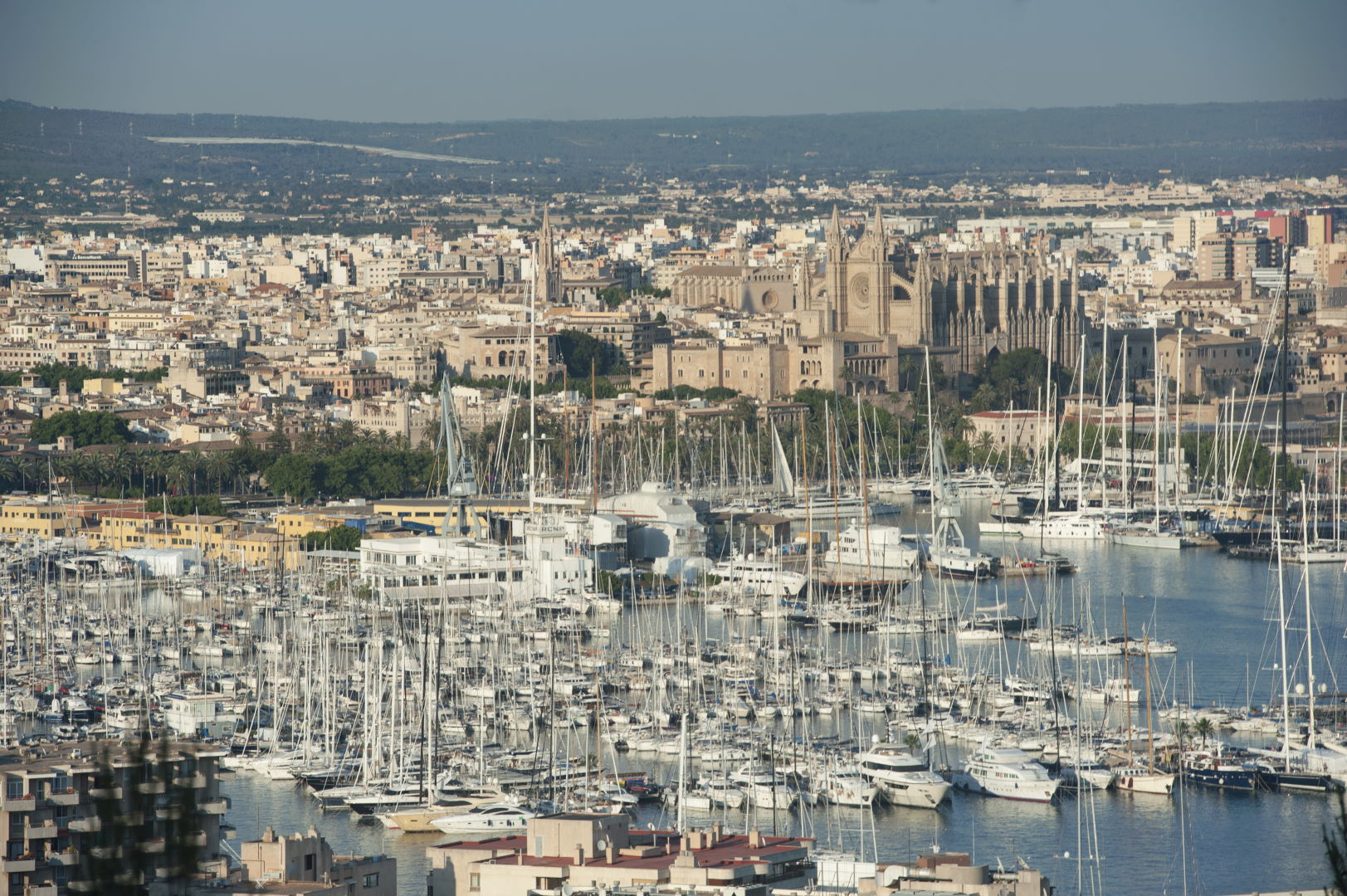
Photo: David Arquimbau.
Several actions aim to address the pressures we place on the marine environment. Details of some of these actions can be found in the RESPONSE chapter. The collection of floating waste at sea from boats, the Posidonia Monitoring Service, and marine citizen science are some examples of how we as a society are responding. In 2022, 20 tonnes of marine litter were collected by 22 vessels, 17 tonnes less than in 2021 due to a lack of skippers. In 2022, the Posidonia Monitoring Service took the most actions on record: 202,732. i.e., 28.7% more than in 2021. In 2022, 11% of the vessels checked and advised moved to areas where they wouldn’t damage Posidonia, 6% less than in 2018, but 6% more than in 2021. Marine citizen science combines science and society. On the one hand, society provides relevant data for science and, on the other hand, science reaches out to society and helps raise awareness of marine conservation issues. In recent years, citizen science has been consolidating in the Balearic Islands. The three main citizen science platforms of the Islands (Observadores de Mar, DAPERA, and Biodibal) show how more and more citizens are getting involved in providing useful data for science with almost half of these observations coming from marine protected areas.
The IMB is a collaborative project in which all the marine research institutions of the Islands participate alongside public and private entities. It gathers the best available information on the Balearic Sea to improve management efforts and detect gaps in marine research information. The project is three years old. The first edition (2020) was published on paper and presented to the Parliament of the Balearic Islands. The second edition (2021) went digital on the website www.informemarbalear.org where all the information was made available to anyone interested. In this third version (2022), the 10 chapters of the IMB were updated throughout the year. Currently, 6 of the 10 chapters have been updated on the website: MPA, BENEFITS, FISHERIES, BEACHES, GLOBAL CHANGE, and RESPONSE, and another chapter (PRESSURES) is partially updated (with indicators referring to nautical pressure, human pressure, and tourism pressure).
Marilles in the media
- 28/10/2025 Ara Balears: "Milers de barques fermades a morts il·legals perjudiquen el fons marí"
- 16/10/2025 Cadena SER: "El III Foro Conversa Turisme i Sostenibilitat posa la gestió de l'aigua en el centre del debat sobre el turisme"
- 02/07/2025 ARA Balears: "La mar Balear ‘bull’ a una temperatura rècord de més de 30 graus"


